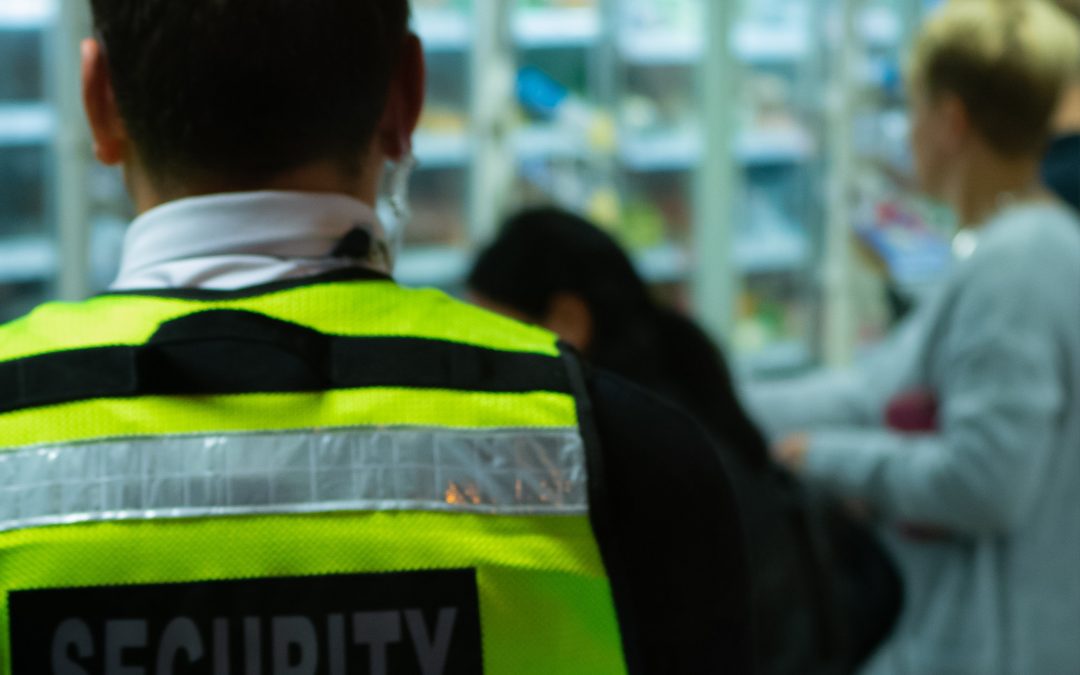I am the proud daughter of a New York Police Department detective who worked in crime prevention and safety for his entire career. My father, Larry, dedicated his life to educating people in the East New York section of Brooklyn on crime prevention and, as a result, we were influenced at home on precautions and the value of anticipating what could go wrong to address it ahead of time. What I didn’t realize at the time was how this training would affect my career in meetings and events.
Years later, on a site visit for a prestigious board of directors meeting, I was accompanied by the corporate director of security. He commented at the time that the questions I asked were questions that he would ask. He also told me that he was impressed, and that his understanding of the role of an event planner was expanded when he realized how deep the planner delves into safety and security before addressing any logistics or design. It’s learning what not to do that guides decisions to any successful meeting or event.

Risk management is a critical part of the design process. Risk management means understanding what guidelines need to be followed and what rules need to be adhered to. Risk management connects to design, because it establishes a carefully orchestrated chain of command as well as a sequence of events that is vital to the success of the event.
What you can’t do filters what you can do. It is always best to learn this upfront from local and destination experts and build the experience around all. In a meeting, the sense of security allows for interaction and open networking. Here are nine questions to ask with regard to risk management and planning:
1. Does the activity you are planning require a permit or license? Have you allowed ample time to secure these documents?
2. Do you understand the venue guidelines, destination restrictions, and local laws that might affect your plans?
3. What communication devices are you using, and how will you ensure there are no or minimal breakdowns? (For example, at an event when Air Force One landed, all walkie-talkie radio communication went down within a certain radius.)
4. Who is the director of security?

5. What is the procedure to follow in the event of an emergency? For your staff, for your client?
6. Have you planned a pre-meeting emergency meeting?
7. If badges are involved, how are you best designing them for ID and for staff to be able to quickly see which credentials an attendee has, and which areas are open to that attendee?
8. Have you created a physical list of your staff/team/vendors with their names and an emergency contact name and number? (We ask our vendors to supply an emergency name and number and make a master.)
9. When there are layers of security involved, who is the decision-maker? Keep this person at your side (or assign a staff person to them for your access).
At the end of the day, our ultimate responsibility is safety and security. As important as having your plans in place is communicating to attendees and guests. As it happens, I recently experienced a communication breakdown related to security. (Perhaps it was just too big an event.) Here’s what happened:
I was one of the fortunate to be invited to Madison Square Garden for the Papal Mass in September. We arrived at 2:15 p.m. (guidelines instructed guests to arrive between 2 p.m. and 3:30 p.m.). We were told to go to the end of a line to enter. Strange, but obviously a security issue, I told myself, watching the police, Secret Service, CIA, TSA, and hordes of undercover agents.
We finally arrived at the end of the line—literally 23 New York City blocks from the entrance—and waited for 3.5 hours to enter MSG. MSG can service thousands of people in minutes, as they efficiently do for games and other events. This time, though, there was so much security that I truly believe we were forgotten. The shame of this is that 23 blocks of people, more than 10,000 of us, missed the pre-Mass concert and activities because too much security was involved and it was obvious that no one was listening to the other.

This planner knows there is more, maybe that’s why a rainbow appeared in the sky to offer all hope and patience. Mass was a moving experience with no incidents and for that, I am grateful. All in a day’s work.
Dianne Devitt

